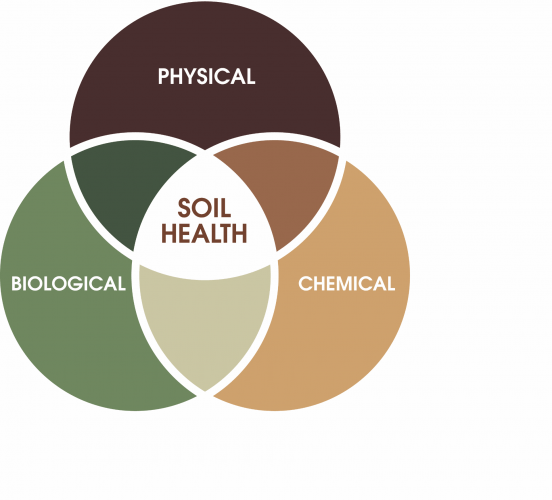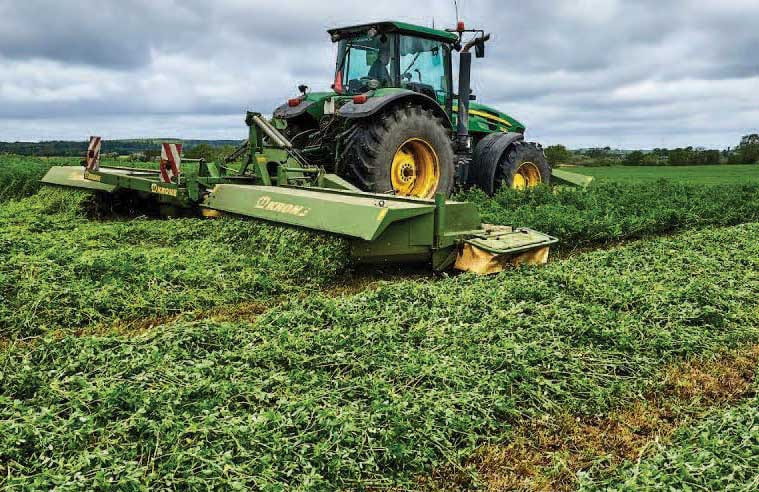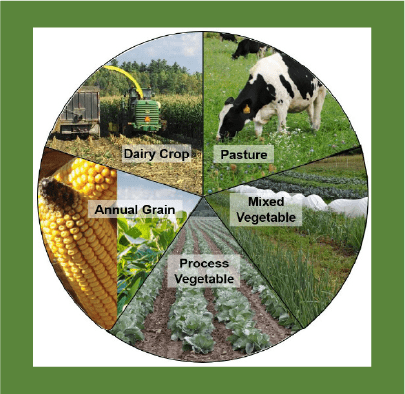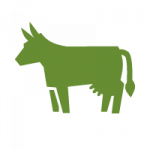Soil Health Characterization
In NYS
INTRODUCTION
The soil is a foundational resource for life on earth and its health is critical to the sustainability of agriculture, food systems, and green infrastructures. Soil also plays an important role in water and air quality, the integrity of the biosphere, and the climate. Soil health concepts, practices, and testing have generated a growing awareness of the soil’s central role and highlights that sustainable soil management requires an understanding of biological, physical, and chemical processes and their interrelationships. Furthermore, it is recognized that human management can significantly degrade or improve the quality of the soil.


New York State (NYS), through Cornell University, has been a global leader in the development of soil health programs, including the development of testing methodologies.
NYS land managers are becoming increasingly excited about improving the health of their soils. As progress is made in characterizing the health of soils nationwide, researchers will be able to develop regionally specific interpretive metrics that are shaped by the interplay of soil management with soil types and climate. As part of that effort, we have summarized soil health data from New York State to understand differences in soil health.
These new metrics can be used by policy makers, agricultural professionals, and farmers
to interpret soil health data and set goals for improved soil health and carbon farming.
KEY SUMMARY POINTS
1,456 samples were analyzed to assess the state of soil health across New York State (NYS).
Soil health in New York is affected by both soil type and cropping system differences that relate to carbon cycling and soil disturbance.
New metrics were established to evaluate soil health in NYS.
Aspirational soil health goals were established for different soil types and cropping systems.
Soil carbon storage potential was assessed for different soil types and cropping systems: Annual Grain and Processing Vegetable systems have greater potential for carbon farming than Pasture, Dairy Crop, and Mixed Vegetable systems.

METHODS – soil samples
The NYS Soil Health dataset was compiled from 1,456 NYS soil samples collected from 2014 to 2018. All samples were run through the standard Comprehensive Assessment of Soil Health (CASH) package at the Cornell Soil Health Laboratory. Composite soil samples were collected to a depth of 0-6 inches.
The CASH package includes:
• four biological indicators
• four physical indicators
• seven chemical indicators
• soil texture
Results & Top Three Findings
In agriculture and many other environments, human activities have increasingly become a force of change on the landscape. Tillage and crop rotations, as well as carbon and nutrient flows through erosion, organic amendments and residue harvesting choices have dramatically altered the chemical, physical and biological health of the soil which is superimposed onto the inherent soil characteristics. We examined the effects of soil texture, cropping system, and their interaction on various soil health properties. View detailed results in the summary and technical reports.


Conclusions
This report summarizes the characterization of the soil health status of New York State soils by texture and cropping system. The full technical report is available at: bit.ly/NYSoilHealthCharacterizationReport.
These efforts enable NYS policy makers, agricultural professionals, and farmers to interpret soil health data and set soil health and carbon capture goals within the context of their specific soil and management environments. Increased knowledge of the effects of soil texture, the most defining inherent soil property, and cropping system on biological and physical properties are vital to understanding how agricultural management affects healthy soil functioning.

“Now farmers can use metrics and aspirational goals that are relevant to their fields and production practices to calibrate their management.”
– Joseph Amsili, project leader and extension associate in the Soil and Crop Sciences Section of CALS’ School of Integrative Plant Science (SIPS)

Report Collaborators
Joseph Amsili, project leader and extension associate in the Soil and Crop Sciences Section of SIPS, Harold van Es, co-leader and professor in the Soil and Crop Sciences Section of SIPS, Robert Schindelbeck, director of the Soil Health Lab, Kirsten Kurtz, manager of the Soil Health Lab, David Wolfe, professor in the Horticulture Section of SIPS, and Galia Barshad, service technician in the Soil Health Lab.
Funding
New York State Environmental Protection Fund, administered by the NYS Department of Agriculture and Markets.





